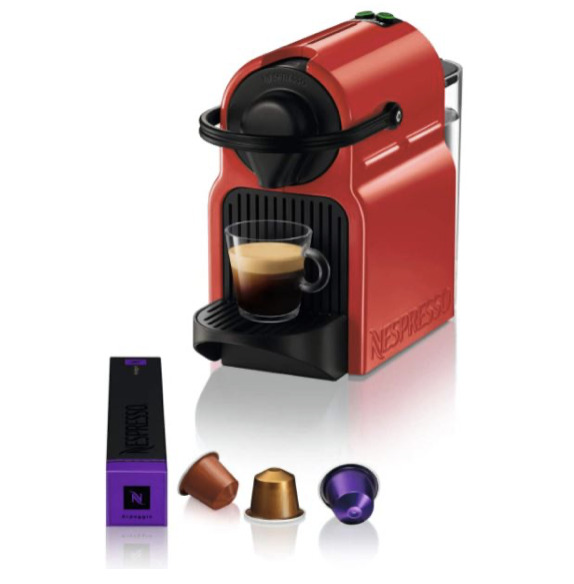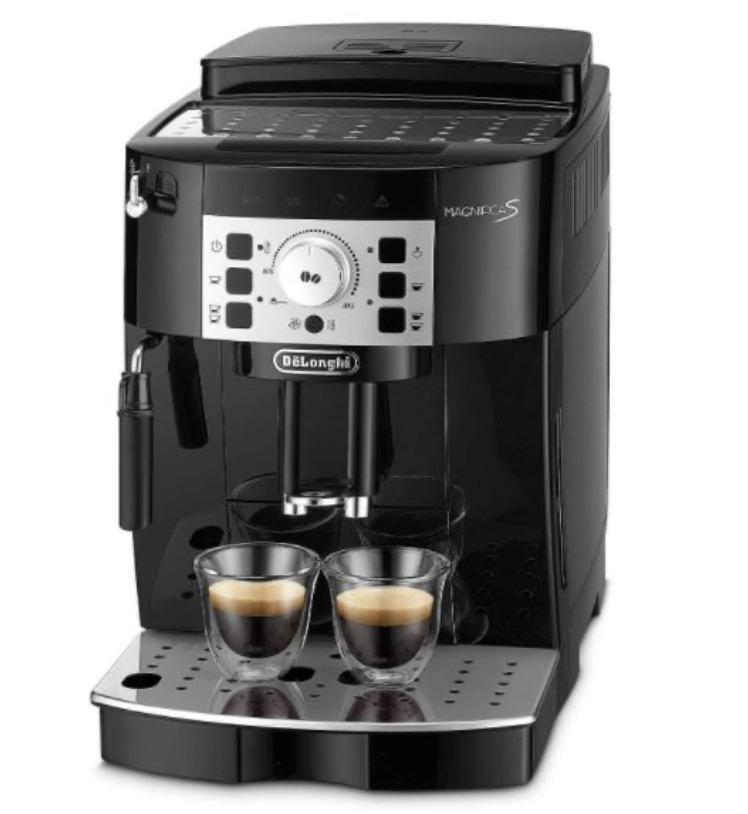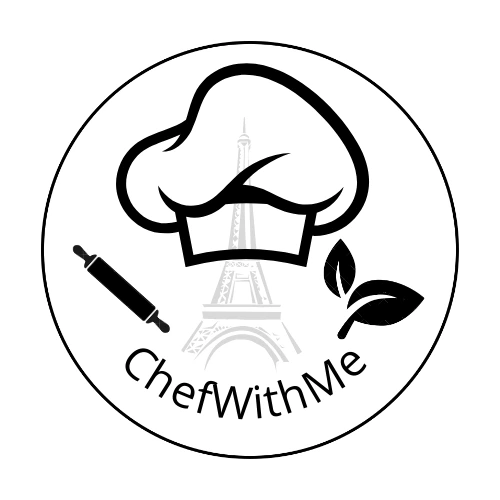In the world of coffee, few things are as revered and cherished as the espresso. With its rich, robust flavor and velvety texture, espresso has become a cornerstone of the coffee culture. But what exactly goes into crafting that perfect shot of espresso? In this article, we will explore the art of espresso extraction, delve into the best machines for brewing espresso, and uncover the essential elements that contribute to achieving that elusive, flawless cup of espresso. From grind size to water temperature, get ready to embark on a journey into the world of espresso, where precision and passion converge to create a truly exceptional coffee experience.
What is an espresso?
Before getting into the heart of the matter and to remove any potential questioning throughout this article: yes, it is possible to write espresso or expresso.
Even someone who has never had one before can recognize an espresso when they see one! All restaurants, bars, and coffee shops offer it and serve it in a very small cup with a capacity of 5 cl. We particularly appreciate its strength. An espresso is often described as full-bodied or bitter, but be careful not to generalize: an espresso is not necessarily bitter, some offer acidic notes!
What we also love about an espresso is the layer of foam on the surface of the cup. This is called the crema of the espresso. The thickness of the crema can vary depending on the variety of coffee used. A beautiful crema does not necessarily reflect the quality of an espresso.
An Original Extraction Method
It was in 1884, in Turin, Italy, that the very first espresso coffee was officially made. At least, that’s when the patent for an espresso machine was filed by Angelo Moriondo, who was the owner of a hotel and a restaurant at the time.
Noticing that his customers were increasingly in a hurry, he came up with the idea of a machine that could make coffee in just a few seconds. He then created his first machine and filed a patent for it.
Angelo Moriondo kept the few machines he made for his clients very carefully, but he didn’t launch a large-scale commercialization. The espresso machine then underwent various improvements to become the one we know today.
To put it simply, to extract an espresso, it is said that a pressure of 9 bars is needed. Water is passed through a puck of ground coffee, which has been placed in a filter. The filter containing the coffee is placed under the machine’s showerhead, which distributes the water evenly over the entire coffee grind with enough pressure to extract the best flavor from the coffee.

Choosing the right espresso machine
There are generally three main categories of espresso machines. Of course, each of these categories can also be subdivided into subcategories, based on different operating mechanisms or materials. But in this article, we will simply discuss the three main families of espresso makers:
Capsule / pod machines: These machines do not produce true espresso. In fact, their operation is not comparable to other machines and the resulting drink has nothing to do with a real espresso for professionals and coffee enthusiasts. However, this is an interesting solution for someone who enjoys an espresso-like drink without any hassle.

Bean-to-cup (automatic) machines: This type of machine allows you to obtain a real espresso, unlike capsule machines. Once the machine is properly set up, the espresso can be really very good. The advantage here is that you have the possibility to drink freshly ground coffee (therefore much better than pre-ground or pod coffee), without investing in a coffee grinder.

Traditional espresso machines (manual). Finally, the last major category of machine is the one you need if you appreciate very good coffee and especially. If you like to take the time to focus on the little details that make all the difference. With this type of machine, you can pay attention to all the details that make an exceptional espresso. But it requires passion and patience (as well as a grinder)!

Elements for a successful espresso
So, as we have just mentioned, the choice of the espresso machine is important in making a good espresso. Moreover, not all manual machines are equal and generally you have to invest if you want to be able to make the best espresso extractions.
For my part, I have the Aircraft AC-700 model which allows me to make good espresso. However, I cannot adjust the water temperature, which as we will see can be problematic. Nevertheless, this first machine is totally satisfactory for me at the moment, I am fully satisfied 🙂
The second element that comes into play is the barista or at least the person who makes the coffee. Their knowledge and experience in the field. A beginner who has never made espresso before will inevitably make mistakes and their coffees will not be perfect. But do not worry, with good advice and a little practice, making a perfect espresso is within everyone’s reach!
Grind size
A grind that is too fine could prevent the water from passing through the coffee properly. This results in a coffee extraction time that is too long (over 30 seconds). The coffee will then be over-extracted and bitter.
Conversely, a grind that is too coarse produces too little resistance and results in under-extracted coffee, which is too acidic or flat.
Coffee dose
It is accepted that to make an espresso, between 8 and 10 grams of coffee are used. For a two-cup filter, between 16 and 20 grams of coffee are used.
The amount of coffee also plays a role in the extraction time and quality. Depending on the coffee used, more or less coffee is recommended.
For example, for a dark, heavily roasted coffee, a smaller amount of coffee is generally used than for a lightly roasted coffee. Similarly, freshly roasted coffee will need a smaller grind size to reveal itself in the cup than coffee that has been roasted 3 or 4 months ago.
Temperature
Although some machines may not allow for accurate water temperature control, this parameter is usually important for a successful extraction.
Espresso: Everything you need to know about this drink
Just like with the amount of coffee grounds used, each coffee has its specificities that should push us to use water that is more or less hot.
Generally, coffee is extracted between 88 and 94 degrees Celsius. Highly roasted coffees should be extracted at lower temperatures than lightly roasted coffees to avoid burning the coffee. Similarly, the temperature should be adjusted to the amount of coffee grounds used, as the temperature drop of the water is not the same with 16 or 20 grams of coffee.
The amount in the cup (input/output ratio)
The final adjustment for a successful espresso is the “in and out” ratio that is, the ratio between the coffee used at the input of the extraction (the amount of coffee grounds) and the amount of coffee obtained in the cup.
For an espresso, the ratio is 2. This means that when using 18 grams of coffee grounds (in a 2-cup filter), you get 18 grams of coffee per cup, or 36 grams in total.
For a ristretto, the ratio is 1 (18g of coffee at input, 18g in the cup).
For a lungo, the ratio is 3.
Note that it is commonly accepted that 1g of coffee in the cup = 1.5 ml in volume, due to the crema that is more or less present in the cup. So, for an espresso made with 9g of coffee grounds, it is not 9ml of coffee that you will get in the cup, but 13.5 ml (which is 9g).
Extraction time
To conclude on the elements to take into account in making your coffee, I want to talk to you about extraction time. This is a particularly useful measure. It allows you to check if you are on the right track. If your settings seem to correspond to your coffee or not. The ideal time to extract an espresso is considered to be between 20 and 30 seconds.
If (with 18g of coffee) you only get 10 grams of coffee in the cup in 25 seconds, you will know that there is a problem with one or more of your settings.
Also, know that if you enjoy lungo and tend to let the coffee flow a little longer than 30 seconds. For example, you still need to be careful not to burn your extraction. The longer the time during which the coffee grounds are subjected to hot water, the more likely you are to burn your coffee and end up with a bitter taste in your mouth.
